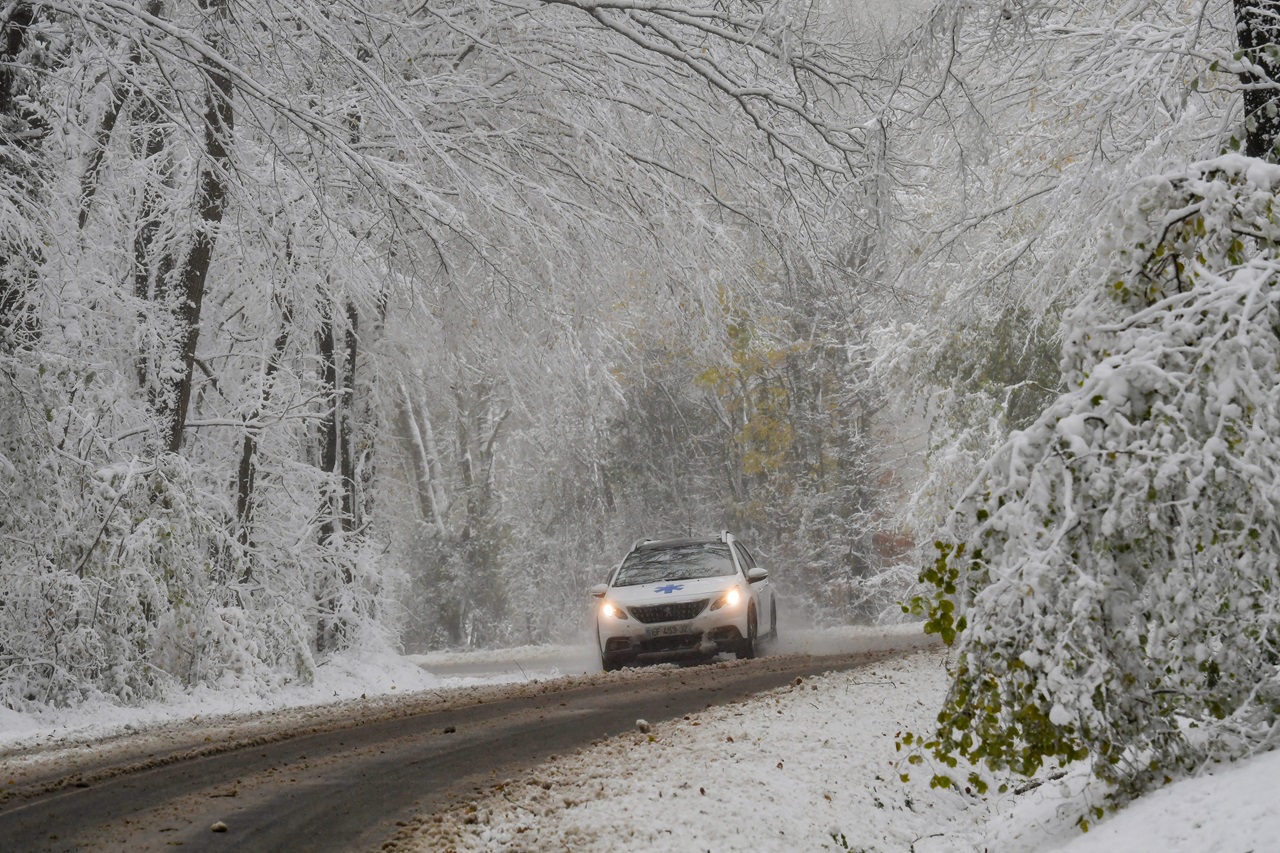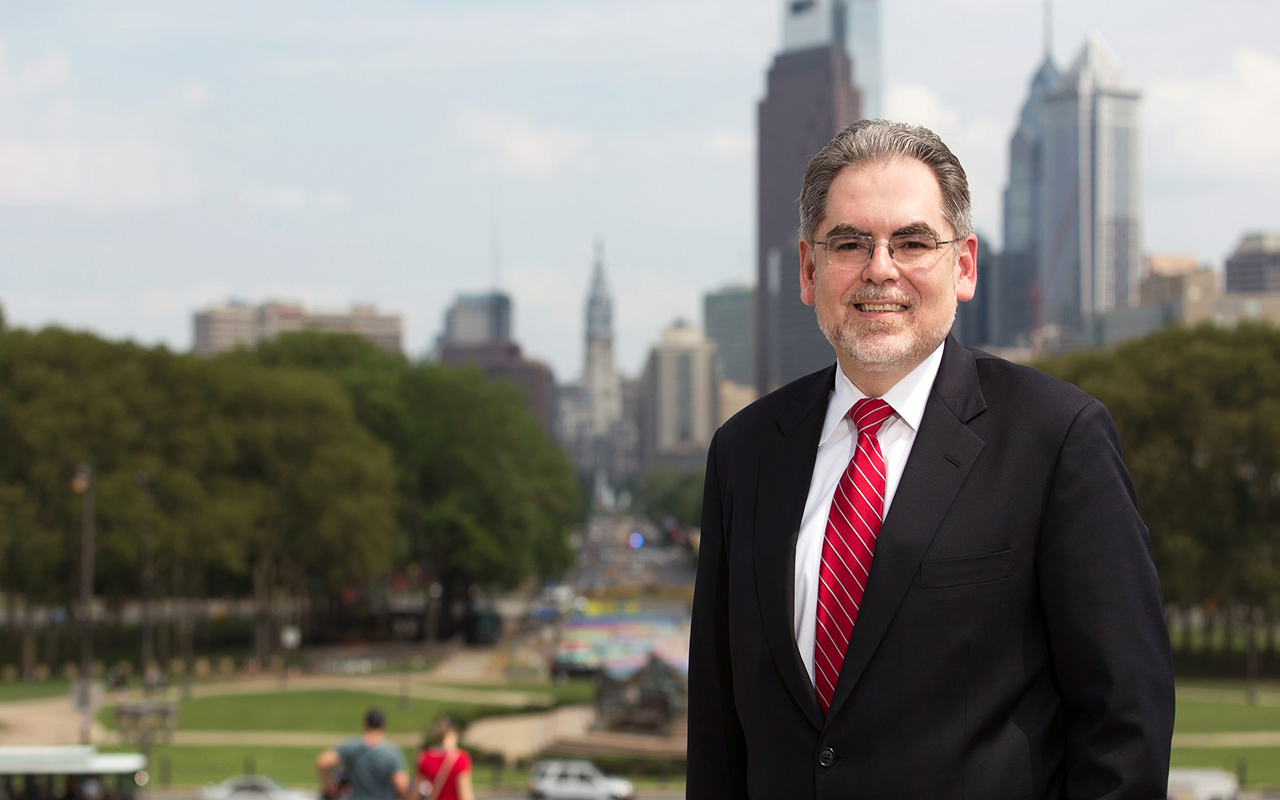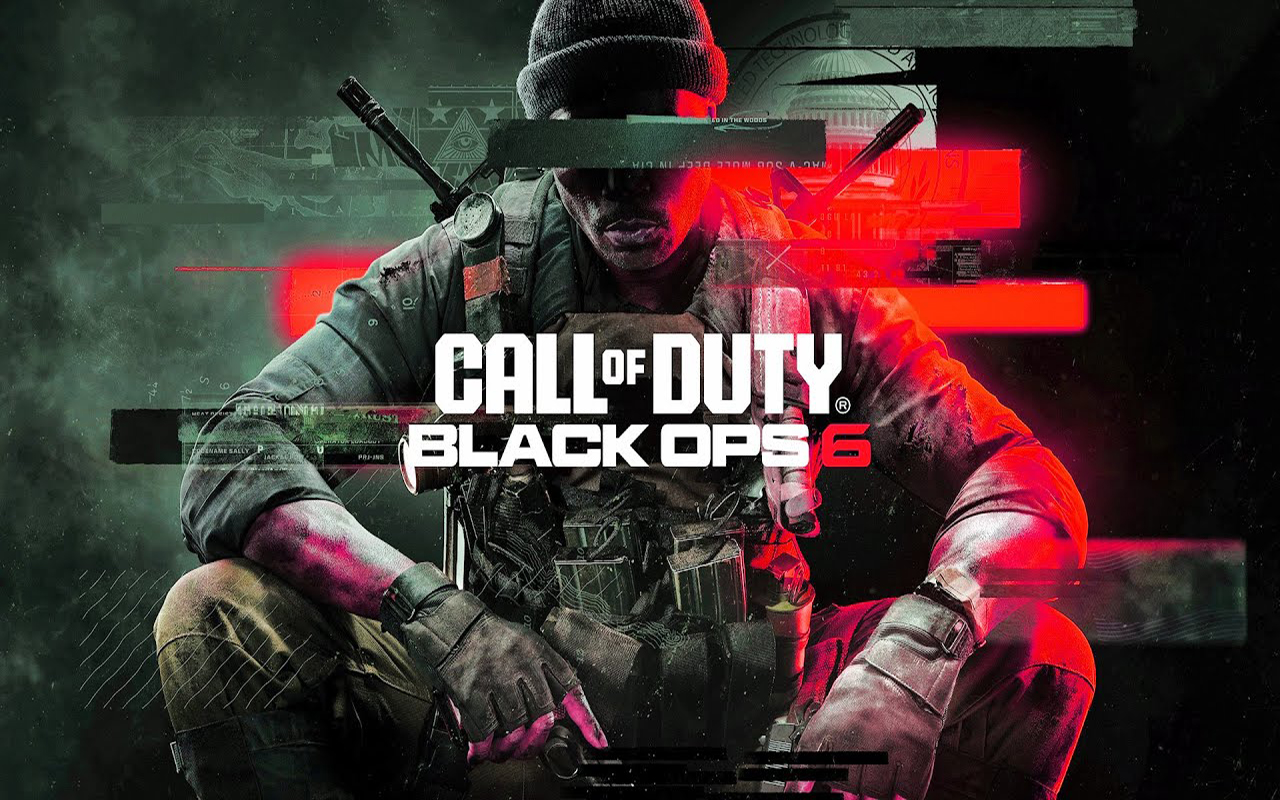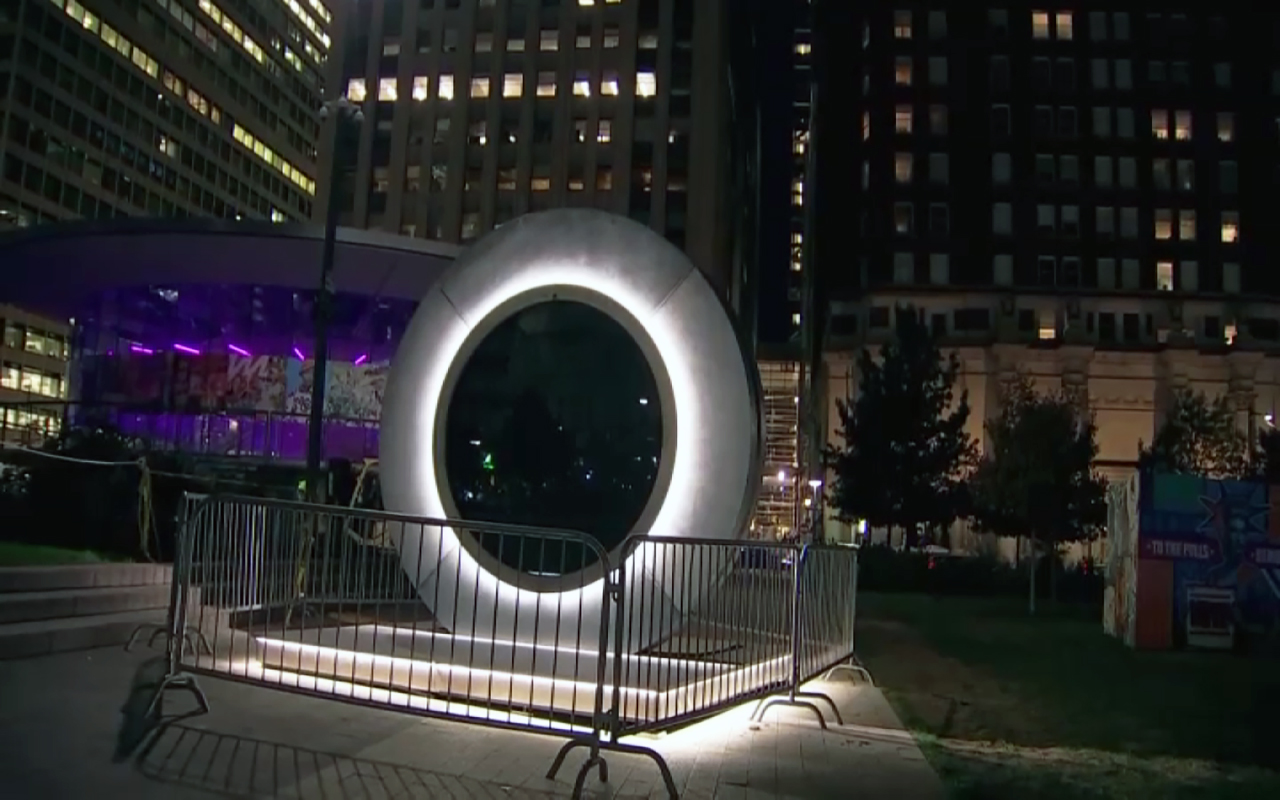
Behind the fatalities on SEPTA’s rails
Besides the travel delay, what happens when someone is struck by a train?
The engineer signals a distress call — something has been struck. The train slows. It is incumbent upon the crew, if they are able, to determine some basic information. Sometimes the train is travelling at such a high speed that the body is hundreds yards away by the time it comes to a stop. In most cases, the conductor or the train operator then conducts a search of the exterior to determine what has been hit, its location, and its condition.
It’s a “thing” until proven otherwise. On regional rails especially, animals sometimes cross the tracks at the wrong times. Either way, you’re facing a one to three hour delay. Whether you were on the train or the one behind it, this has inconvenienced your commute. That’s the uncomfortable truth of public displays of death. There is little time for reverence.
Every year, between 400 and 500 people are killed by trains nationwide. A lot of these deaths are accidental — the result of trespassing, taking a shortcut on the tracks, falling off ledges.
In the case of Septa’s 14 human rail fatalities in 2014, the response was immediate and swift.
Riders should be grateful that, unlike other train-only agencies, SEPTA boasts a multimodal transit system. Numerous parties are mobilized in the event of a railway fatality. The police and public safety agents begin working on how to accommodate your journey as seamlessly as possible. If they can, they’ll get you onto another bus, trolley, or train and get you to your destination.
The train crews themselves are tended to as well.
“When a person is struck by a train — whether it was intentional or accidental — it’s a life-changing experience for that operator or engineer,” said Scott A. Sauer, SEPTA’s director of system safety and risk management.
SEPTA provides these employee with immediate and long-term assistance programs so that they can talk through their experience.
Then, of course, there are the parties who identify and clean up the mess.
Multiple levels of investigation must take place now. Internally, SEPTA’s system safety department conducts a preliminary investigation as to the cause of death, and collects information that can then be used to prevent situations like this in the future. Parallel to their investigation, the county medical examiner’s office joins up with the SEPTA and Philadelphia police departments to determine the cause and motive of death.
Sometimes, understandably, the body is not intact. Whatever the status of the body under the train is, SEPTA and the medical examiners must retrieve the person first and foremost for identification. Hard as it is to imagine, there are airbags under certain parts of each train that can be inflated to lift the wheels from the tracks to make retrieval possible. Sauer says that SEPTA even has a railing crew that brings hydraulic jacks to lift the train if needed.
It’s a grim image, and one that most riders probably don’t think about until they are on an impacted train. But for SEPTA, this is a perennial concern they must be prepared for and try to prevent from happening.
Most of the safety programs SEPTA has in place are geared towards preventing the accidental deaths. You may have seen a public safety blitz in which SEPTA police hold ledge-safety demonstrations during peak hours. Operation Lifesaver, of which Sauer sits on the board, is a national rail safety advocacy organization that works in Philly.
But that’s not to ignore the obvious.
“There’s a portion of them, and the number is debatable,” Sauer said, “but here at SEPTA up to 50 percent of our fatalities are confirmed suicides.”
The keyword is “confirmed.” Bauer believes the actual number of suicides is higher than reported, but for legal reasons, they must go by the medical coroner’s rule.
Sometimes there are obvious cues. But unless somebody literally leaves a note on the train platform, or it was caught from several infallible camera angles or witnesses, SEPTA won’t rule the fatalities themselves.
Due to certain bureaucratic and legal snafus, information isn’t always fluid between these government institutions. But an even bigger problem is that the medical coroner might not be able to distinguish between an accident and a suicide. Blunt force trauma is blunt force trauma. The amount of evidence to determine motive varies case by case, said Jeff Moran at the Philadelphia Medical Examiner’s Office. But even so, U.S. Department of Transportation research suggested that coroners “generally rule blunt force trauma and rarely confirm suicide unless there’s definitive evidence, hence most cases are not recognized.”
Perhaps it is better that the numbers are skewed. Perhaps I had previously used the word “suicide” in the headline of this article and then replaced it with “fatality” later. There’s a growing awareness among the federal transportation agencies and suicide prevention hotlines about mitigating reports of suicides on public rails. There are cautionary notes like this one buried, and studies to support them, about the correlation between media and suicide method.
“Several dramatic examples in Europe, particularly in Austria and Germany, have shown that when news reports appeared about railway suicides, the number of deaths by railway suicides increased dramatically.”
At the end of the day, SEPTA encounters far fewer railway fatalities — be they accidents or suicides — than their peer metro transit systems in the northeast corridor. Short of encasing the entire rail system, which wouldn't be feasible anyway for a non-automated railway like SEPTA, they're doing what they can to keep people safe from harm on their tracks. Recently they started a widespread suicide prevention campaign.
Implemented in September 2014, SEPTA began an initiative to blanket the multimodal system — commuter rails, subways, elevated rails, and trolleys — with suicide hotline information.
According to Sauer’s research, people who are planning to kill themselves practice the procedure leading up to it before they do it, and in the case of the rail lines, that means scoping out the location.
“At some point, they may decide to pick up the phone. The idea behind the sign is to give people a moment of pause.”
Because of SETPA’s three-state, five-county system, they have a wide network. So they’ve linked up with a Montgomery County psychiatric service center as well a national hotline center. The hotline number routes them through the local helpline, so no matter the time of day or night, people can get help.
Sauer said that SEPTA has gotten a lot of positive feedback about the signs. Many riders who have themselves been affected by suicide appreciate the effort on behalf of SEPTA to do their part.










LEAVE A COMMENT:
Join the discussion! Leave a comment.